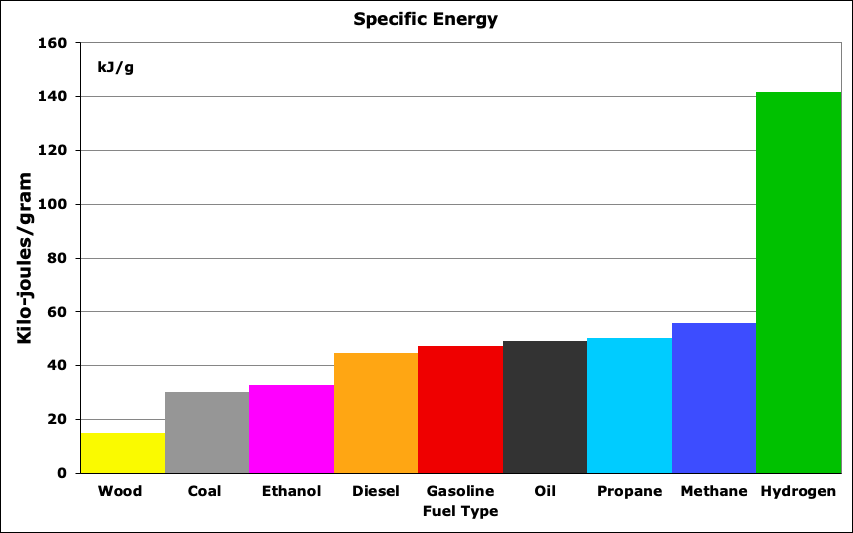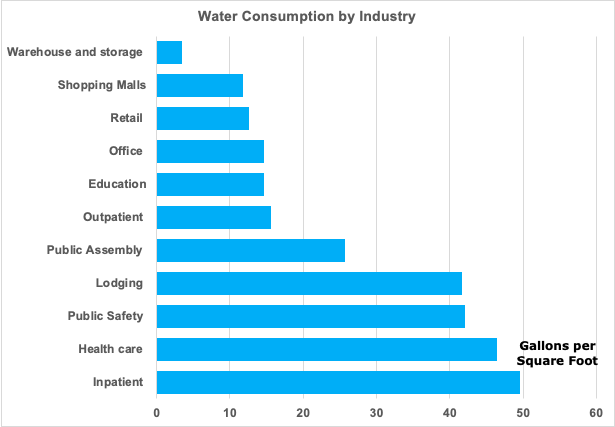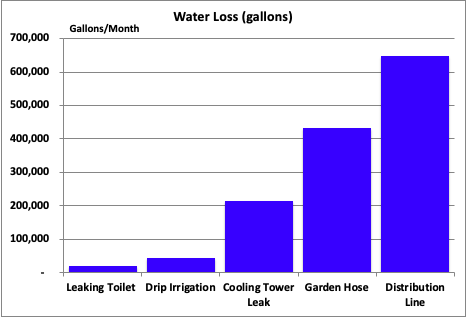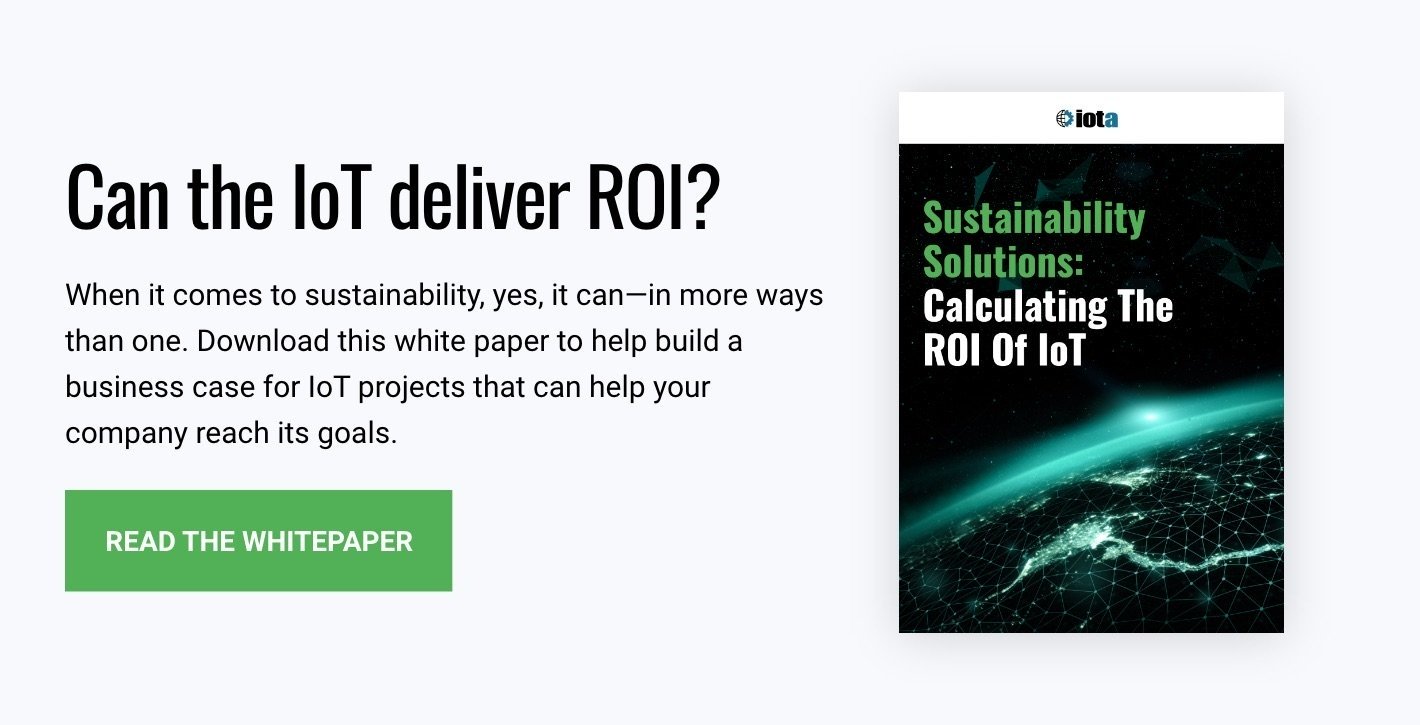It’s a fact: Business executives and customers agree that companies should be concerned with their impact on the environment. It’s also true that an increasing number of organizations are incorporating sustainability into their business strategies, taking steps to reduce waste and use resources more efficiently.
But while the idea of sustainability in business continues to pick up steam, there’s one piece of the puzzle that has yet to come into focus for most companies: What’s the return on my sustainability efforts? A successful business must remain profitable, even as it looks for ways to become more environmentally-friendly.
Your sustainability program can actually help you become more profitable—but only if you can demonstrate real results. That’s where the Internet of Things comes in.
[bctt tweet=”Your sustainability program can actually help you become more profitable—but only if you can demonstrate real results.” username=”iotacomm”]
In this article, we’ll provide a definition of sustainable return on investment, and provide details around why and how to measure your efforts in a way that benefits you.
Return On Sustainability Investment: What is it?
Return on sustainability investment (ROSI), or sustainable ROI, is a performance measure used to evaluate the gains produced as a result of corporate sustainability initiatives relative to the amount of money invested in those initiatives.
The “gains” produced by sustainability efforts may come in different forms:
- An increase in investor demand. Mainstream advisors and investors are increasingly looking for ESG [Environmental, Social Governance] funds, to the point where ESG investing is now, according to Forbes, “big business.” (Those three factors have been determined to be central to measuring sustainability.) In the past year, the number of sustainable investment funds has increased by nearly 50%, with a record number of them—37 to be exact—launched in 2018. Not only did the sustainable funds attract record net flows, but 63% of them also finished the year in the top half of their respective categories.
- An increase in brand value. A Nielsen report shows U.S. consumers are using their spending power to support sustainably-minded companies. Since 2014, sustainable product sales have grown by nearly 20%—that’s four times more than conventional product growth. “In a limited store growth environment, U.S. consumers continue to choose sustainable products over conventional options, making sustainability a consistent growth opportunity for manufacturers.”
- Increased employee engagement. What employer doesn’t want employees who are “all-in” when it comes to their mission? Seventy-five percent of Millennials said they’d be willing to take a pay cut to work for a company that is environmentally and socially responsible. Other research has shown that providing a healthy, green environment for your employees to work in boosts their productivity and satisfaction levels, as well as improves their overall health. A separate study showed that spending $40 per person per year to improve indoor air quality resulted in a $6,500 increase in employee productivity!
Looking for a partner who can help you get started on your sustainability goals? Talk to us about what you want to achieve and we’ll tell you how we can help.
In order to enjoy those gains, however, it’s becoming increasingly important to provide proof of your commitment to the environment. In years past, sustainability reporting took a more qualitative than quantitative approach. Companies could talk about strategies they were implementing to improve, but there were very few ways to actually quantify the results. Today, the bar is higher. Sustainability reporting should:
- Show that sustainable practices have a material benefit for the bottom line.
- Be able to be communicated via user-friendly documentation and use comparable data.
- Demonstrate improvement in specific areas over time.
That said, exactly how do you measure the sustainability of a company? Keep reading for an overview of the various aspects of sustainability, how they can be measured, and how that measurement can be translated into demonstrable environmental impact.
How To Measure The Sustainability Of A Company
As of now, there’s not one “right” method of measuring sustainable development. But based on a review of current prevailing wisdom and taking into account the recommendations provided by the Sustainability Accounting Standards Board and the Global Reporting Initiative, we believe the most crucial sustainability metrics can be divided into seven categories:
1. Energy Consumption
Energy use is the largest component of sustainability. Becoming more energy efficient saves costs and improves overall operations, which contributes to financial performance. Additionally, it’s a direct contributor to greenhouse gas emissions and other compounds which are detrimental to the environment.
Energy use is readily measurable with IoT sensors. Rather than measuring energy use at a single point in time, IoT sensors continuously monitor your energy consumption in a dynamic process, giving you quantifiable numbers you can use to show an actual reduction. That reduction can then be translated into environmental impact in terms of carbon offset and air pollution reduction. IoT sensors and analytics provide a framework to monitor, measure, and catalog data from energy and environmental sensors, including energy consumption and demand, air quality, and water consumption in a granular and dynamic manner.
2. Climate
The emission of CO2 and other compounds resulting from the burning of fossil fuels is the major factor contributing to climate change. Fossil fuels are used in generating electric power, providing power for transportation (cars, trucks, and air travel), and heating of homes and buildings. Electric generation, transportation, and heating represent one-third each toward fossil fuel consumption. Therefore, efforts to improve energy efficiency, migrate to renewable energy, and shift from coal to methane provide a process to reduce harmful emissions. The large production of CO2 from burning fossil fuels is the major concern for reducing energy consumption, which then reduces greenhouse gas (GHG) emissions. The chart below, based on EPA data, shows the average emissions per megawatt-hour of electricity reduction:

The source of your energy also matters. The reason utilities are migrating from coal to natural gas is because methane—the primary component of natural gas—is 85% more efficient in producing electric power in comparison to coal. So as utilities migrate from coal to natural gas, greater energy efficiency is achieved while lowering GHG emissions. A complete migration to hydrogen fuel would, in theory, eliminate CO2 and other harmful emissions and offer the highest level of energy efficiency. The following chart illustrates the specific energy of fuel sources as measured by kilo-joules of power per gram of fuel:

3. Water Usage
Water is an important metric for sustainability because it is a primary component of everyday usage within most facilities. The dynamic monitoring of water quality and leakage can play a crucial role in ensuring health and safety as well as conserving water. IoT sensors can provide near real-time monitoring of conditions and consumption.
The following graph, derived from the U.S. Energy Information Administration (EIA), shows water consumption per square foot by industry. While the numbers may look small, they are substantial when applied to the more than 100 billion square feet of building space in the U.S. For example, the US average is approximately 20 gallons per square foot, indicating that a 100,000-square foot building consumes over 2 million gallons of water per year.

Water leakage is also a concern. The loss of water from leaking pipes or water distribution lines is quite significant. Leakage detection through dynamic water consumption monitoring could substantially reduce both consumption and waste. The graph below illustrates how everyday water leakages could waste large quantities of water if left undetected for 30 days.

4. Waste/Pollution
This category includes metrics surrounding your efforts to prevent or reduce waste and pollution whenever feasible. For example, are you working to reduce waste by redesigning your packaging to use recyclable and reusable materials, or by using less packaging altogether? Are you recycling a large portion of your own waste? Are you buying materials that are recycled from other sources? Are you making an effort to incorporate sustainable energy sources—like solar, wind, geothermal, or biofuels—into your energy portfolio? Preventing waste and pollution are key practices for any sustainable business.
5. Employee Health & Safety
As sustainability is synonymous with corporate responsibility, this category would also include items related to occupational safety and health. Providing a safe and healthy work environment involves a number of things. For example, the quality of air inside your building impacts people directly. According to the EPA, poor indoor air quality affects 33% to 50% of commercial buildings in the U.S., sometimes causing “sick building” syndrome.
An important study, Associations of Cognitive Function Scores with Carbon Dioxide, Ventilation, and Volatile Organic Compound Exposures in Office Workers, found that “employees in the green condition environment performed 61% better on cognitive tasks than in the standard office conditions.”
Indoor air quality monitoring can help you achieve a healthier, more productive environment for your employees. IoT sensors can monitor continuously to detect the presence of common pollutants such as volatile organic compounds (VOCs), carbon monoxide, and particulate matter (PM). Over time, the data you receive will paint an accurate picture of your building’s overall air quality, and help you determine what actions might need to be taken to improve it.
Given that most of our time is spent indoors, focusing on improving environmental conditions should be paramount. Employee productivity, time off for health issues, sick days, and work environment are important considerations. Several studies suggest there are numerous benefits to improving building conditions.
Other aspects to consider in this category:
- Are you doing everything you can to promote safe work practices?
- Are you conducting regular audits and inspections of practices to minimize risk?
- Are you implementing programs that encourage employee health and safety, and reduce or manage stress?
- Are you providing the necessary training to help workers be safe on the job?
6. Supply Chain
Recognizing that your organization is (most likely) part of a larger system means taking steps to improve sustainability at all levels of your supply chain. For example, within the semiconductor industry the supply chains are lengthy and complex. Chip manufacturers may use minerals that are in short supply; you should know how and from where are they being collected, if your supplier is adhering to the legal methods of extraction, or if water runoff from mining is contributing to pollution. Anywhere along your supply chain there may be practices that go against your sustainability efforts. Working closely with your suppliers can help you stay on top of potential issues and work to improve them.
7. Management Behavior
Adopting ethical and sustainable practices starts with management. Have they created a culture of sustainability? Implemented policies and procedures that support it? Are they ethically responsive to the environment, employees, and products? Have they allowed the organization to incur lawsuits related to product liability, waste disposal, or any other aspect that violates the principles of sustainability? These might be just footnotes in a 10-K or 10-Q form, but it will help investors ascertain whether you’re just giving lip service to sustainability or developing a coherent policy to ensure that your entire operation is on the same page.
Measuring Your Sustainable Development
While some of the above metrics may still be somewhat subjective, the IoT can provide greater visibility into your processes and environmental conditions—specifically energy consumption, air quality, and water quality. Examining that data over time will give you a feedback mechanism, allowing you to actually “see” the impact of your efforts.
Depending on your company and your goals/priorities, one or more metrics may be “weighted” more heavily for you than they are for another organization. Ultimately, your performance in these categories should all be blended into a comprehensive reporting mechanism—a kind of “Balanced Scorecard of Sustainability”—that can be easily assessed. Not only will you gain better insight into the effectiveness of what you’re doing, but your stockholders, investors, and customers will have a quantifiable way to evaluate your sustainability performance over time.
These measurements can also be compared against other data, such as changes in employee engagement, customer satisfaction, or sales data. Correlations may indicate your efforts are having an impact, and that your ability to quantify sustainability efforts is, for example, boosting your brand value or improving employee engagement.
Start Measuring Your Own Return On Sustainability
Are you interested in monitoring elements of your company’s operations for purposes of calculating sustainable return on investment? We can help you get started.
At Iota, we use IoT sensors to continuously monitor, measure, and catalog granular data related to your building’s energy consumption, as well as your indoor air quality and water use. Our advanced analytics platform analyzes the energy and environmental conditions, alerting you of unhealthy circumstances and aberrant events, and can even detect faults in your systems. It also helps put your building data into perspective so it can be interpreted and acted upon to achieve your sustainability goals.
If you’d like to tell us more about your facility and talk about how we can help, get in touch. We’d love to partner with you in making your sustainability investment pay off.


